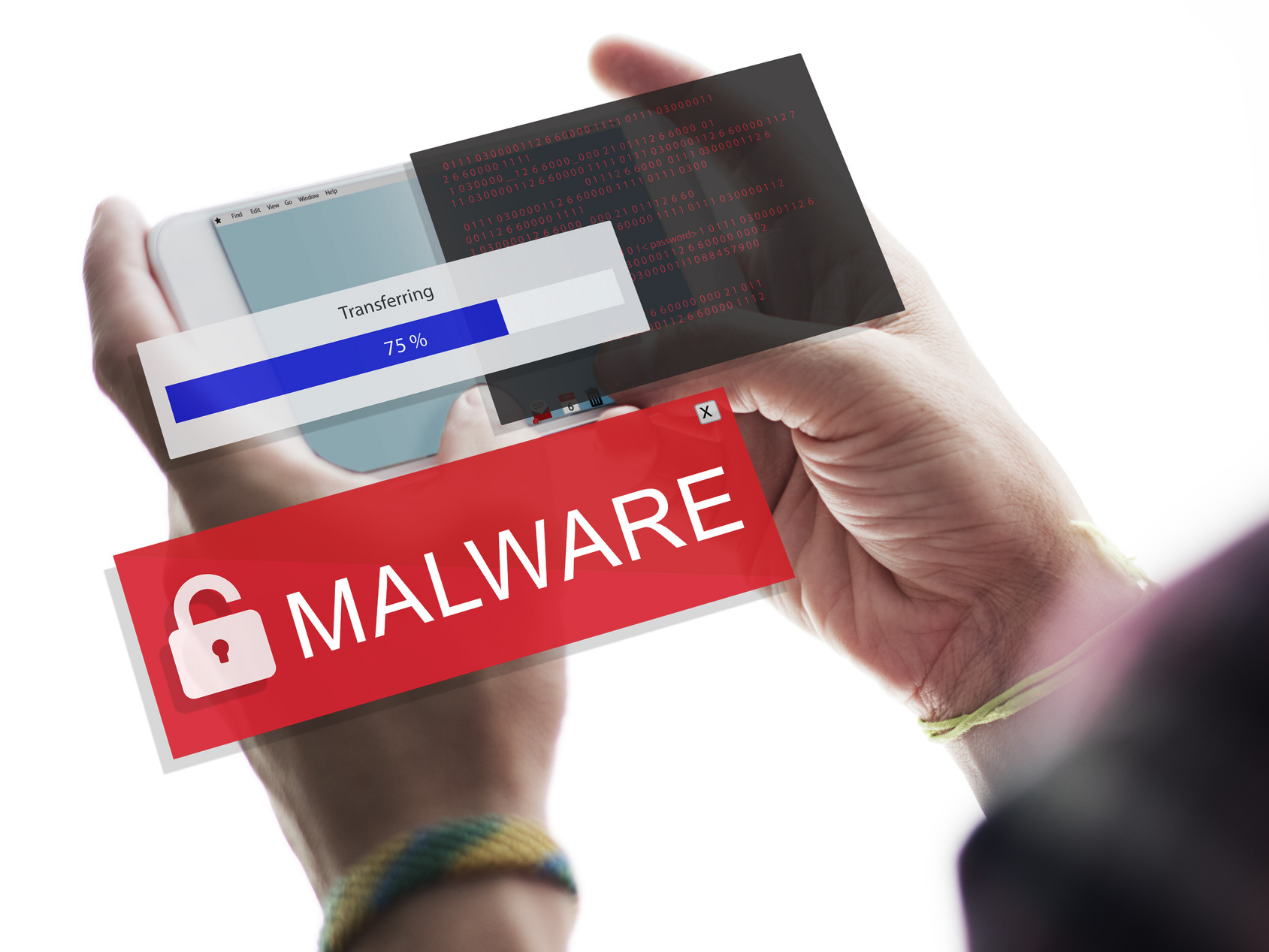
The Bring Your Own Device (BYOD) approach provides the freedom for healthcare organization staff to work from devices they're most familiar and comfortable with. However, while implementing BYOD policies, these organizations must ensure that health information protection remains uncompromised.
The purpose of BYOD policies
BYOD is a policy or practice where employees or individuals can use their personal electronic devices, such as smartphones, tablets, laptops, or other portable devices, for work-related purposes in a professional setting. In the context of BYOD, employees bring and use their own devices to access company resources, applications, and data, rather than relying solely on devices provided by the employer.
These policies allow quick and reliable communication to coordinate patient care, share vital information, and respond promptly to emergencies. BYOD also allows healthcare staff to use their personal smartphones for secure texting applications, ensuring instant access to colleagues and pertinent patient data. This fosters seamless collaboration, enabling interdisciplinary teams to work cohesively and make well-informed decisions.
Related: The guide to HIPAA compliant text messaging
How to implement BYOD policies
- Separate work and personal data: Ensure employees understand the need to keep work-related data separate from their personal information on their devices. Use mobile device management (MDM) solutions that allow for the isolation and control of work-related data.
- Provide employee training: Train all employees on the BYOD policy, HIPAA regulations, and security best practices. Employees must understand the necessity of safeguarding PHI, how to recognize and report security incidents, and the consequences of non-compliance.
- Obtain signed agreements: Require employees to sign a formal agreement indicating their understanding of the BYOD policy and their commitment to complying with the security measures. This agreement should also include consequences for policy violations.
- Monitor and audit: Regularly monitor and audit BYOD devices to ensure compliance with the policy and identify any potential security issues. Employ technology solutions that allow for real-time monitoring and logging of device activity.
- Remote wiping capabilities: In case a device is lost, stolen, or an employee leaves the organization, ensure that there are remote wiping capabilities to erase all work-related data from the device.
Related: Best practices for implementing a secure BYOD policy
Risks associated with using BYOD
BYOD introduces a higher probability of data breaches, as personal devices may not have the same level of security and encryption as company-provided devices. If an employee's personal device containing patient data is lost, stolen, or hacked, it could lead to unauthorized access to PHI and significant financial and reputational damage to the healthcare institution.
Another risk is mixing personal and work data on the same device, which can create challenges in ensuring patient data remains separate and secure. Employees may inadvertently expose PHI to non-work-related applications or cloud services, leading to compliance violations.
Subscribe to Paubox Weekly
Every Friday we'll bring you the most important news from Paubox. Our aim is to make you smarter, faster.




